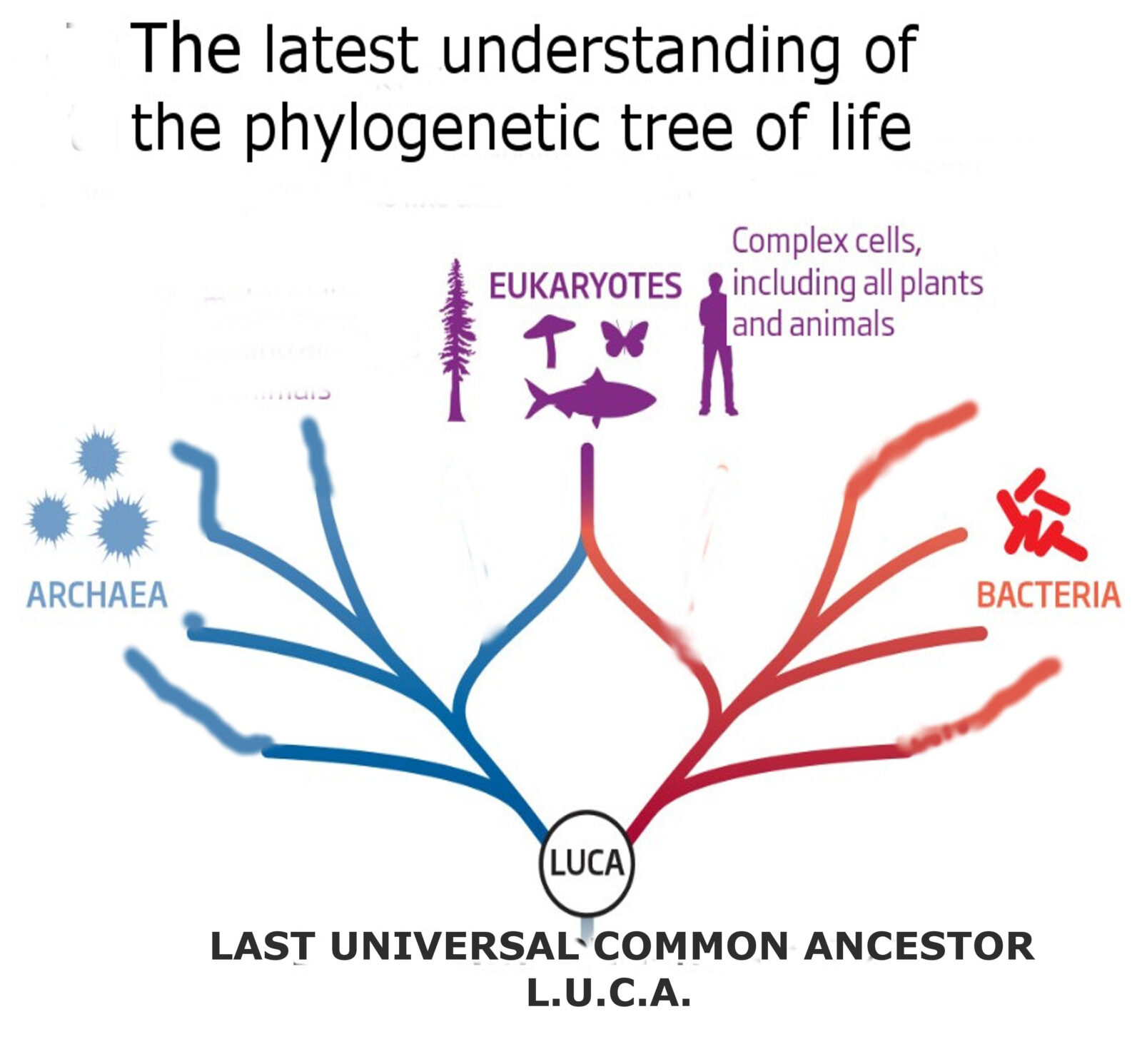Abstract
What if aging isn’t just a random failure of worn-out cells, but rather a four-layered design embedded in our DNA from the earliest chapters of life on Earth? This article uncovers startling clues that point to a single, ancient partnership between archaea and bacteria—both essentially “immortal” when solitary—as the evolutionary spark that ignited multicellularity, predation, sex, and aging. By tracing life’s major leaps from fermentation-based “plant-like” ancestors to the mitochondrial energy revolution, from advanced DNA-repair machinery to the rise of sexual reproduction with its own master aging regulator (WRN), we find that aging may have emerged in four distinct evolutionary waves. Each wave appears to have etched its own “choke points” into the biology of today’s humans, showing up dramatically in diseases like progeria and Werner’s syndrome.
Beyond a mere historical narrative, these insights offer a powerful lens through which to view—and potentially reverse—the aging process. They also challenge the conventional wisdom that aging is merely wear-and-tear, suggesting instead that it may be at least partly “designed” for a purpose: to keep populations genetically nimble in the face of ever-evolving predators and environments. If you’re an aging researcher or a bold biology professor hungry for revolutionary concepts, this synthesis of cutting-edge evolutionary data and provocative experimental evidence (including a case of a spontaneously imploding rat tumor) promises to make you rethink the very nature of cellular senescence—and how we might learn to outmaneuver it.
